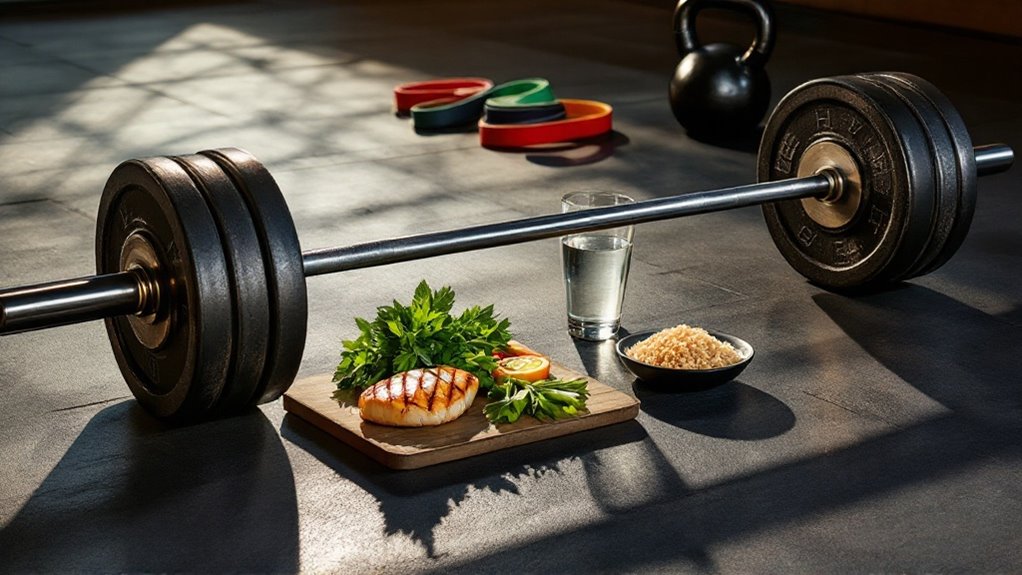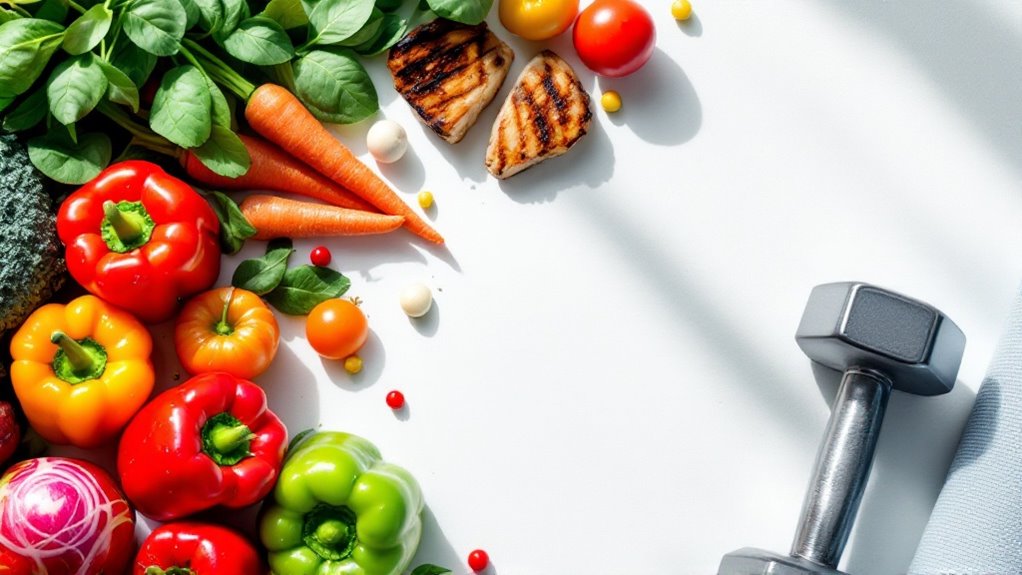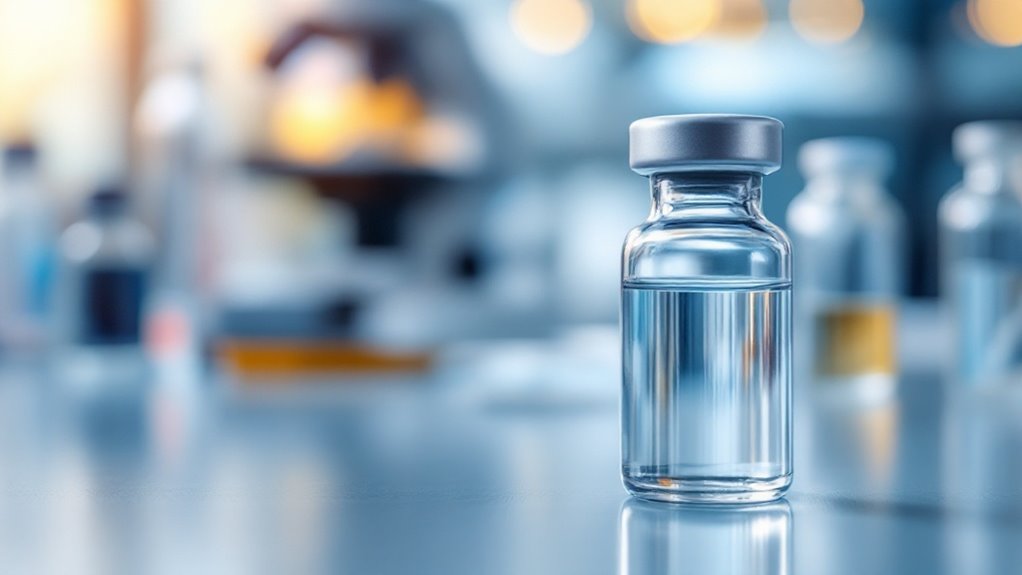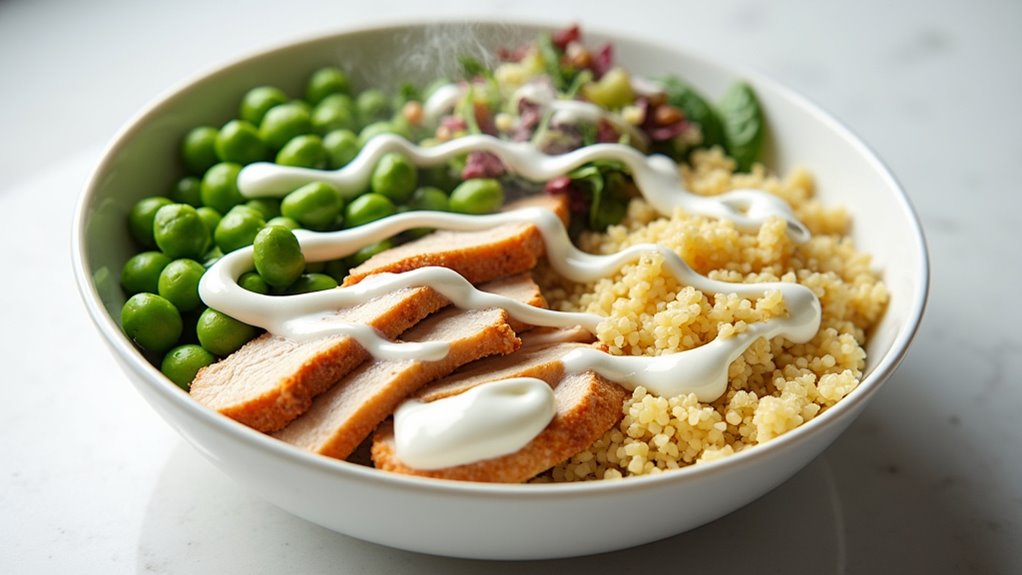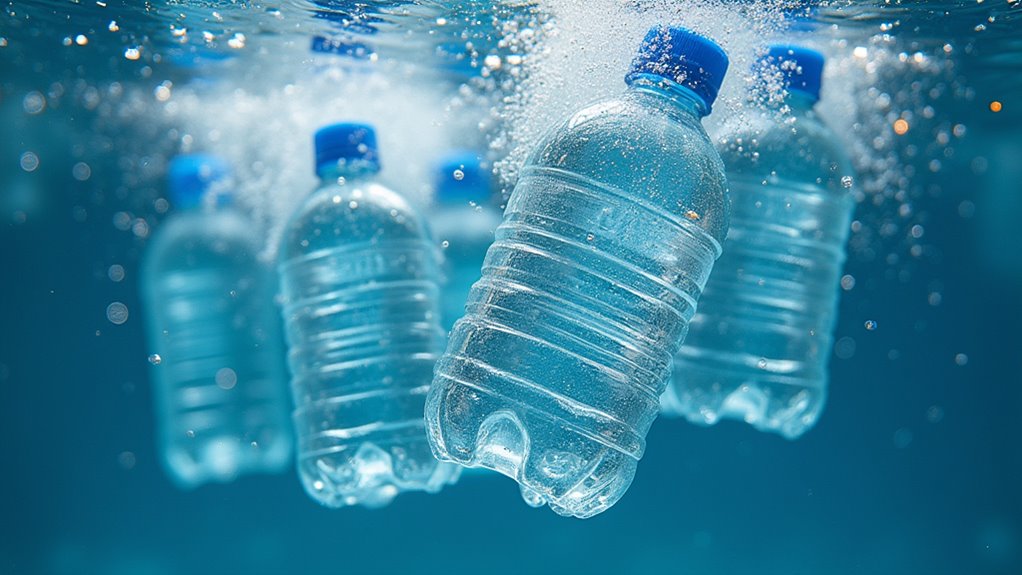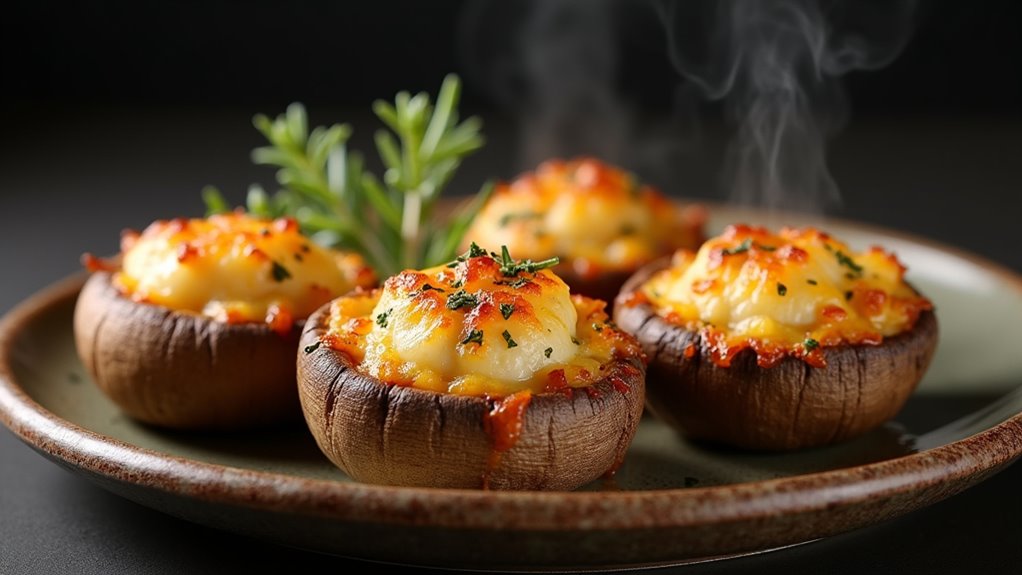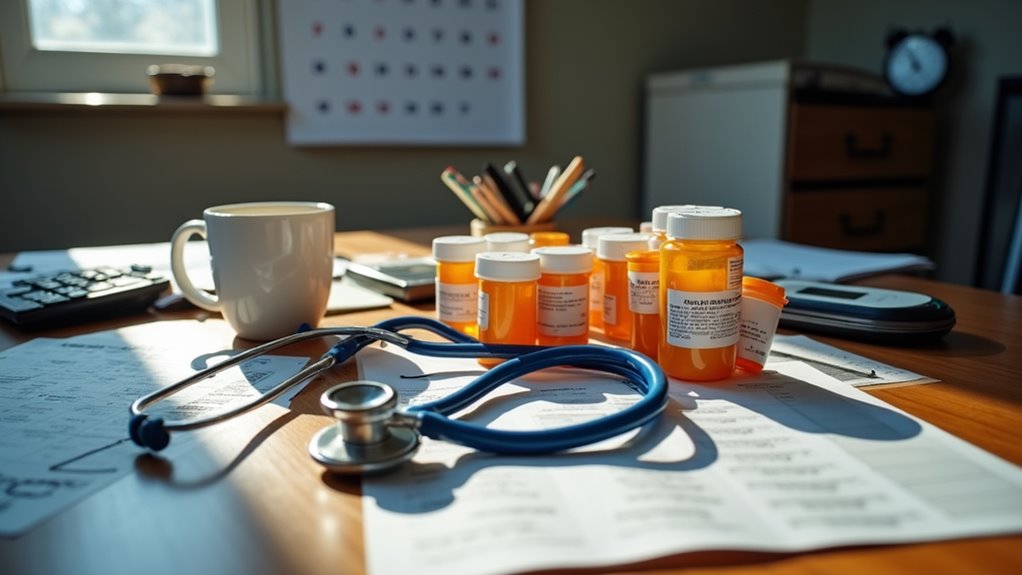Building muscle and boosting metabolism requires a multi-pronged assault. Compound exercises like squats and deadlifts are the heavy hitters, forcing multiple muscle groups to work overtime. Each kilogram of muscle burns an extra 100 calories daily – even while lounging on the couch. Progressive overload is non-negotiable: lift heavier, get stronger. Proper nutrition, HIIT training, and recovery days complete the formula. But there’s way more to this metabolic puzzle.
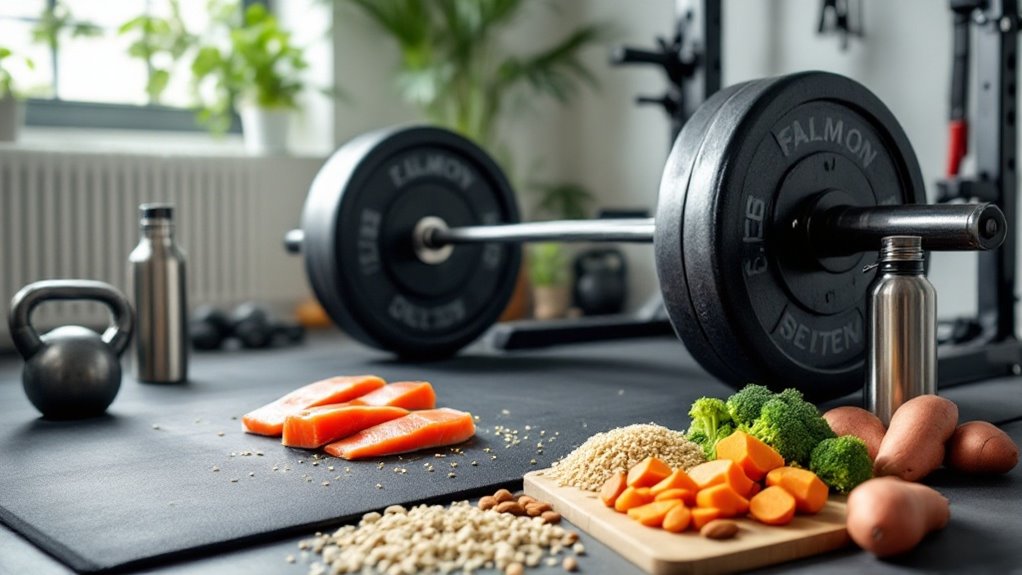
Building muscle and boosting metabolism might seem like separate goals, but they’re tightly linked in a fitness-focused lifestyle. The secret? It’s all about compound exercises – those big, sweaty movements like squats and deadlifts that work multiple muscle groups at once.
And here’s a fun fact: every kilogram of muscle you pack on burns an extra 100 calories daily. Just sitting there. Doing nothing. Talk about a sweet deal.
Regular exercise helps your muscles better absorb blood glucose, making your metabolism more efficient. Strength training is the real MVP here. Not only does it build muscle, but it keeps your metabolism firing on all cylinders for up to four days after your workout. That’s right – you’re burning calories while binge-watching your favorite show. Rest days between workouts prevent injury and allow proper muscle recovery.
The key is progressive overload, which is fancy talk for gradually adding more weight to your lifts. Your body isn’t stupid; it needs a reason to change.
Nutrition plays a huge role too. Protein is your best friend – chicken, fish, legumes, whatever floats your boat. It actually takes more energy to digest protein than other nutrients, so you’re burning extra calories just by eating it. Eating frequent small meals throughout the day maintains a higher metabolic rate compared to large, infrequent meals.
Throw in some whole grains and healthy fats, and you’ve got yourself a metabolism-boosting powerhouse. Oh, and don’t forget to chug water like it’s your job.
Want to kick things up a notch? HIIT training is your answer. It’s like traditional cardio’s cooler, more efficient cousin. Sure, you might feel like dying during those intense intervals, but your metabolism stays elevated for 24 hours afterward.
Plus, there’s always green tea and spicy foods to give you an extra boost. Who knew that burning your taste buds could actually help burn fat?
Just remember, genetics plays a bigger role in metabolism than we’d like to admit. And those crash diets? They’re metabolic suicide.
The real secret is consistency – regular workouts, proper sleep, stress management, and staying hydrated. It’s not exactly rocket science, but it works. And that’s the honest truth about building muscle and boosting metabolism.
Frequently Asked Questions
Can I Build Muscle and Lose Fat at the Same Time?
Building muscle while losing fat simultaneously is possible, but it’s tricky.
Research shows it works best for beginners, overweight individuals, and those returning to training. The key? High protein intake and consistent strength training, even during a slight caloric deficit.
Science backs it up – but don’t expect miracles. Results vary based on genetics, training experience, and dedication to proper nutrition.
How Long Does It Take to See Noticeable Muscle Growth?
For beginners hitting the weights regularly, visible muscle changes typically show up in 4-6 weeks.
Serious gains kick in after about 18 training sessions.
Genetics play a huge role – some people pack on muscle like it’s their job, while others struggle.
Sorry, no overnight miracles here.
The key? Consistent training, proper nutrition, and enough rest.
Sure, it takes time.
But those gains are worth it.
Should I Take Supplements to Boost My Metabolism Naturally?
Most metabolism-boosting supplements are a waste of money. Period.
While some, like green tea extract and B vitamins, show modest benefits, they’re no magic bullet. The FDA barely regulates these products – scary stuff.
Want real results? Skip the pills. Focus on protein-rich foods, lift weights, and do HIIT workouts. Better sleep helps too.
Natural methods beat supplements every time.
Does Muscle Building Affect Hormonal Balance in Women Differently Than Men?
Yes, muscle building affects hormones differently between genders.
Women experience more complex hormonal fluctuations due to estrogen and progesterone cycles.
Men? They’ve got it easy – just testosterone doing its thing.
Both genders see similar muscle protein synthesis rates, but women’s hormonal responses are more nuanced.
Exercise boosts testosterone in men, while women’s hormonal adaptations vary throughout their menstrual cycle.
Nature’s not exactly fair here.
What Role Does Genetics Play in Muscle Growth and Metabolic Rate?
Genetics plays a huge role – like it or not. Some people hit the genetic lottery for muscle growth, thanks to genes like IGF-1 and MSTN. Others? Not so lucky.
Metabolic rate? Also largely inherited. Body type, muscle fiber composition, and hormone levels are all written in DNA.
Sure, training and diet matter, but genetics sets the baseline and ultimate potential. Tough luck for some, jackpot for others.
